
Pre-sale SUNDAY ONLY click here for a special price!
Missed the presale? Don’t worry! Click here for a great deal!
Ideas on how to organize materials to make the standards-based classroom more efficient
This brilliant eraser hack for cap erasers will change the lives of teachers and students everywhere! Maybe I’m being a little melodramatic, but seriously, if you’ve ever taught first grade, you know what I’m talking about! Students, especially the younger ones, erase and erase and erase. They will wear the eraser off a new pencil immediately. This hack will make your cap erasers work better and last longer.
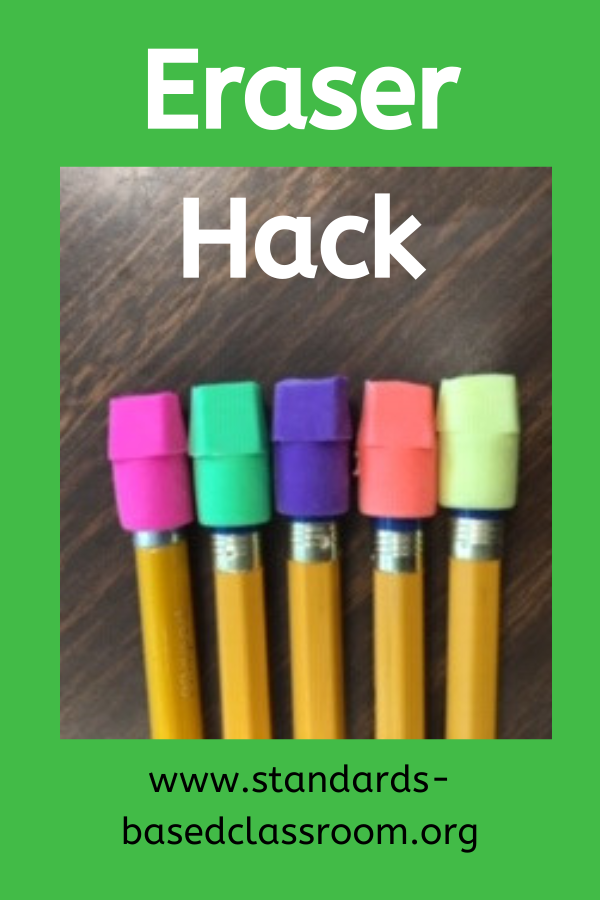
Young students eat erasers. Sometimes literally, but always figuratively. The eraser will be worn off a pencil before it’s newly sharpened lead. Cap erasers like these are an easy, inexpensive solution.
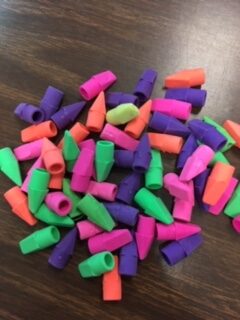
But cap erasers have problems of their own. Like this…
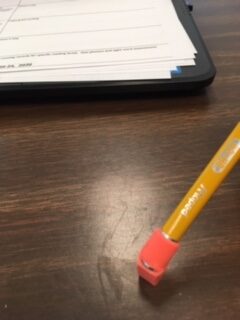
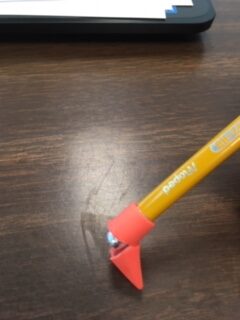
After 29 years of teaching, I finally figured out how to solve the problem of cap erasers. It’s so simple, you won’t believe it!
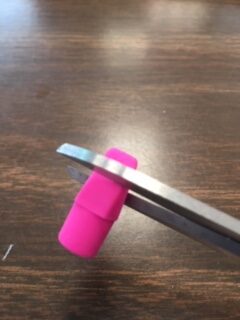
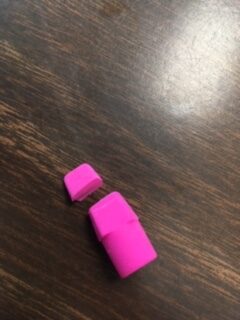
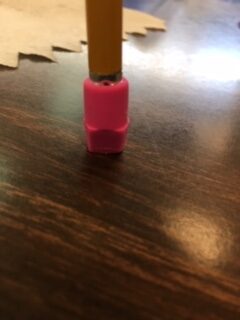
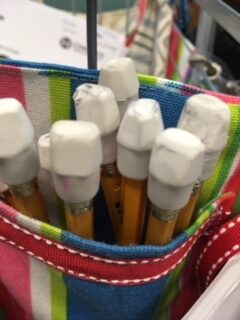
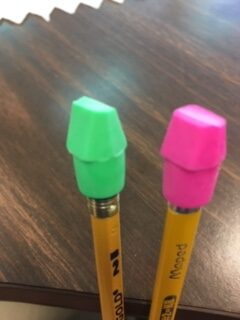
Happy erasing!
Click here to read more posts by Julie Alderson Foster.
Anyone have any other hacks to share? Add them to the comments below:)
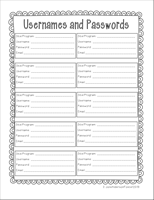
How many of you have a New Year’s Resolution to get organized? I know, there are a million things to organize. Where to start? Start by organizing your passwords. If you’re like me you have dozens of usernames and passwords that you use at school. Keeping them all in one place cuts down on wasted time and frustration.
Use this Freebie to organize your usernames and passwords.

You might also like to organize your Word Wall with my color-coded word wall words. Check them out here! You can read more about how to manage an effective word wall here. See another blog post about organization here.
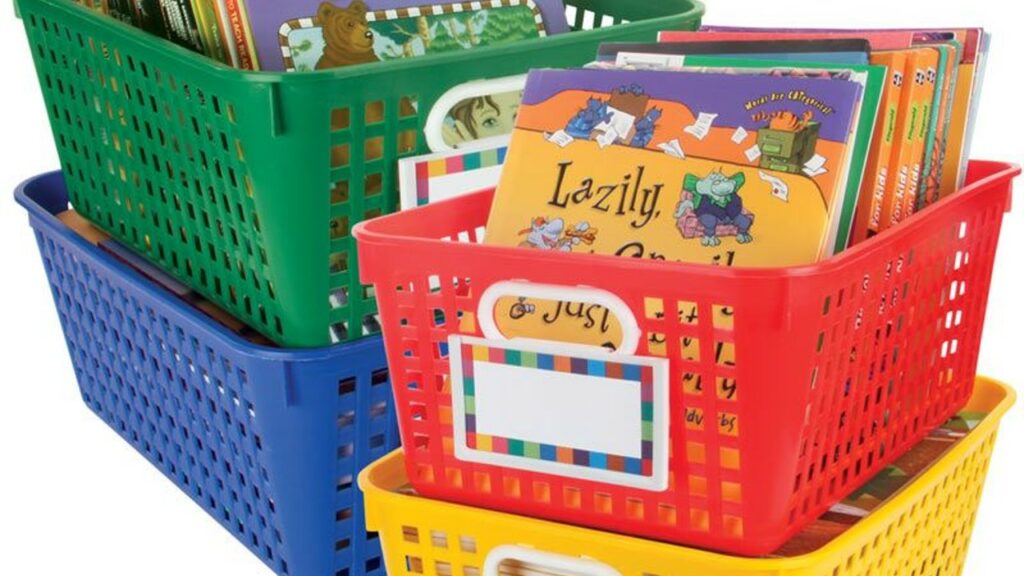
Do you use book baskets in your classroom? Do you want to but just can’t find the time to manage them? Do you wonder if you are using them in the most effective manner? Read on to find out how to use Book Baskets effectively in your classroom and manage them quickly and easily.
Yes! Yes! Yes! Did I say yes? Yes!
I’ll be the first to admit, I did it wrong when I first started using book baskets. In the beginning it was just a basket of books on the table for Self Selected Reading (SSR) time. As time went on, I figured out how to use individualized book baskets in a meaningful and productive way. All students were on task and they didn’t take much effort to manage.
Get a basket for every student and a few spares for new students. Find a place to house them permanently in your classroom where they are easy for students to access. That’s it!!! Setting them up is that easy.
Don’t go grab a bunch of books and stick them in the baskets. You’re going to populate your baskets with the books you use during Guided Reading. In this way, students have books they are familiar with to practice independently. You’re not going to change them out too frequently either, because you want them to have some books below their current reading level because this is how children develop fluency and confidence.
Sara, aged 6, an above average reader in September of first grade. Let’s look in her book basket……
Level E – How an Orange Grows
Level E – Miss Potter is an Otter
Level F – My Best Friend
Level F – Funny Fish
Level G – Who Makes this Sound?
Right now, Sara has these 5 books in her basket. She’s been in school for 3 or 4 weeks now and has done Guided Reading lessons with all of the books above. All the students in her reading group have the same books. After working with the book for 3-5 days in guided reading, the students were told to put the book in their book basket. By now, the level E books are very easy for Sara to read but as she rereads them she is developing fluency. Another benefit is that she is paired up at center time with Angel (see her basket below) and she reads these books that are above Angel’s reading level aloud and Angel gets the benefit of hearing a fluent reader and being exposed to some vocabulary above that which she can read. Notice also, that she has a mixture of literary and non-fiction type texts as any good book basket does.
Angel, aged 6, a below average student in first grade. Let’s look in her book basket….
Level aa – I Like
Level aa – This Is A …
Level A – Mom and Dad
Level A – Jobs
Level A – At The Zoo
Notice that Angel also has 5 books but she only has two different levels. Angel may be moving slower because she had to do some letter sound work at the beginning of the year instead of jumping straight into reading. She might also have a little stack of sight words on index cards to practice. Her books are all emergent readers with repetitive text (“I like dogs. I like cats. I like birds.”) She can figure out the text by looking at the pictures and using the repetitive pattern. However, when she is in centers with Sara and they get out their book baskets, she is also a 6 year old, so she is interested in the books that Sara has too. They may look at all their books or I might suggest they take turns reading aloud one book from their basket. “Ms. Foster, why didn’t I get that book that Sara has?” “Because I only have 6 copies of each book so I can’t give the same book to everyone at the same time. You’ll get that one in your basket later.” They generally buy this as an excuse, there isn’t really a need to go into their differing needs as readers. However, as the year progresses, you may want to set goals and help them begin to monitor their own progress, turning their differences into something to be celebrated and worked on.
In the data binder that I keep at my reading table, I have pre-assessment data on each student and running records showing their progress throughout the year. Each student has their own tab in the binder so I can flip to their information quickly. On the back side of the tab divider I write the books as I give them to the students. After they have more than 3 or 4 levels in their basket, I collect the first ones I gave them, and mark them off the list. I do this as part of their guided reading group and it only takes a few moments. When I give a group a book for their basket, I quickly jot the level and title (or an abbreviation of it:) on the tab divider for each of those 4 or 5 students. It literally takes less than one minute. When I’m ready to take back a book, I ask students to bring their book baskets to their reading group and I tell them which book to turn in and mark through it on their tab divider. This also takes less than a minute. It also keeps them honest, because those guided reading sets are expensive, belong to the school and you will need them year after year so you don’t want them going home in book bags. Below is a sample of what Sara and Angel’s tab dividers might look like in December.
Sara
Sara still has three levels in her basket, 5 books, (it’s okay to have more but keep it under about 8). She stagnated a little bit on level I and we worked on three books at that level instead of two before she accomplished it. However, I am not concerned because she is already starting level J which is the goal for the end of first grade and it’s only December! I’m going to be careful with Sara and her group because I don’t want to just keep pushing them UP through the levels. I want to make sure to give them a good solid foundation by looking at the many standards they can master at each level even if they can easily read the texts. How is comprehension? Other grammar skills I can include such as compound words, commas, etc.?
Now let’s look at Angel.
Angel is not progressing at a pace that will allow her to keep up let alone catch up. I would already have an intervention in place for Angel. Just from the book basket point of view, I would leave more books in the basket because it is taking her longer to get through each level so she is going to be tired of the books more quickly. I also might add in items such as additional sight words to work on or a “PALS” reading segment, and so on.
The book baskets are differentiated to each student’s needs and are useful for independent reading, reading with a partner, and self selected reading.
I hope these tips will help you boldly incorporate book baskets into your primary classroom!